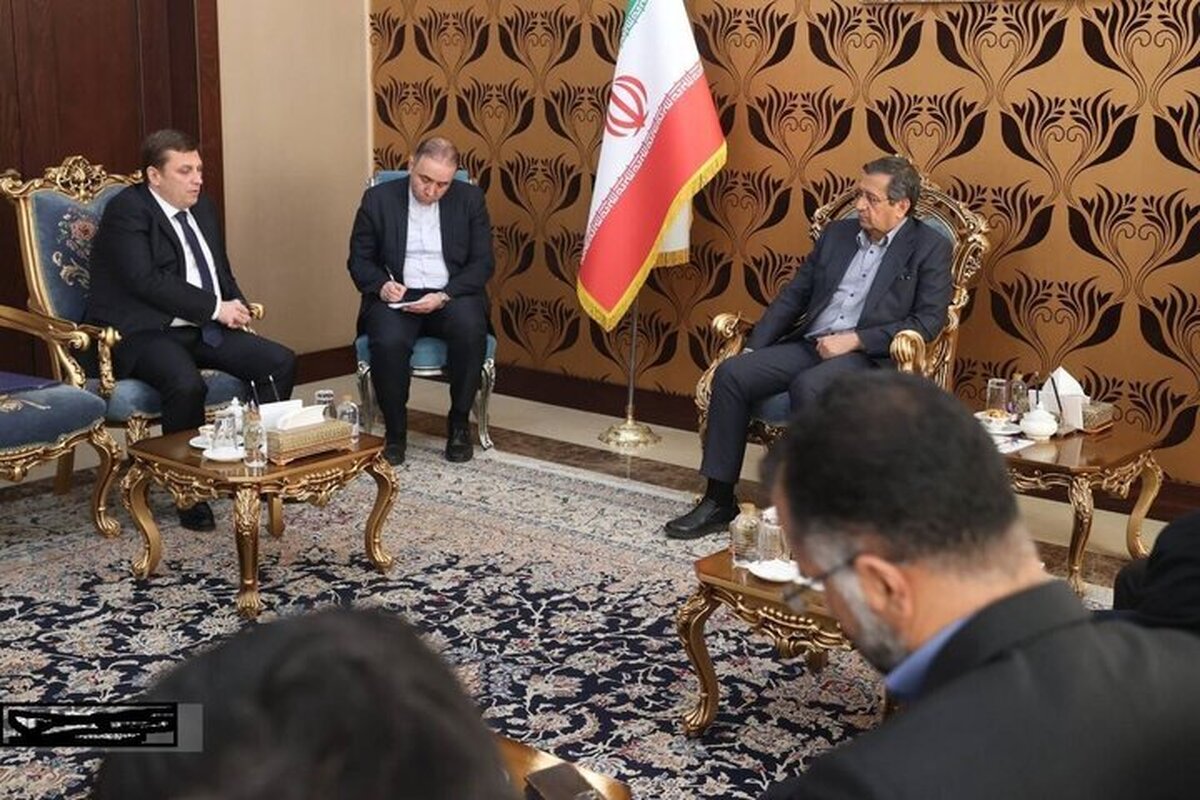
Hemmati Reiterates Role of Market in Forex Rates
EghtesadOnline: Governor of Central Bank of Iran Abdolnasser Hemmati says the regulator is steadfast in the belief that market forces should determine forex rates.
"The central bank has a strong conviction that currency rates should be independent of budgetary and fiscal policies," he wrote in a note posted in his Instagram account late on Friday.
Hemmati's note came in an apparent reference to statements by president's chief of staff Mahmoud Vaezi about real forex rates. His stance was construed by many that the government advertently influences the forex market to fund its budget deficits.
Speaking at a ceremony to honor top exporters in Isfahan Province on Thursday, Vaezi said: "Economically speaking, the dollar rate is not 250,000 rials or 270,000 rials. We did this to manage the economy," he was quoted as saying by Fars News Agency.
The senior aide to President Hassan Rouhani soon backtracked and said "his words were misunderstood". The statements, however, rattled the currency market in Tehran in the early hours of trade Saturday.
The US dollar surged about 5,000 rials to reach 257,000 rials before retreating to settle at 255,000 rials.
With the upsurge in currency prices, observers say the high and rising trend reflects, among others things, the government's tendency to take comfort in higher rates.
Government officials have often denied intervention or manipulating currency rates for deficit spending.
In his note Hemmati said, "Safeguarding the national currency" has been his main concern ever since his appointment to the difficult job in July 2018.
"As I have said, boosting the national currency is the most important concern of the central bank. Despite the difficulties, I have done my best to avoid this being overshadowed by the government's budgetary needs," he wrote.
Sanctions Blamed
The government blames the forex rate hikes to economic sanctions imposed by successive United States administrations.
The rial got the biggest drubbing under Donald Trump, the controversial former US president, after he withdrew from Iran's nuclear deal in 2018 and announced an unprecedented blockade to strangle Iran’s economy.
Forex rates skyrocketed twice after the new US restrictions. The first time was in the spring of 2018 when the rial lost more than 70% with the dollar rising from 50,000 rials to 180,000 rials. Later the rial strengthened but was traded between 130,000-160,000 rials throughout the year ending in March 2019.
In the latest shock in May 2020, volatility was spurred by shortages arising decline in foreign trade due to the Covid-19 plague. The US currency surged to a record high of 320,000 rials months before the US presidential election in November of that year in the Republican Trump was booted out of office.
Experts are now cautiously optimistic about a possible easing of the sanctions under the new US President Joe Biden who has pledged to return to the historic nuclear agreement.


